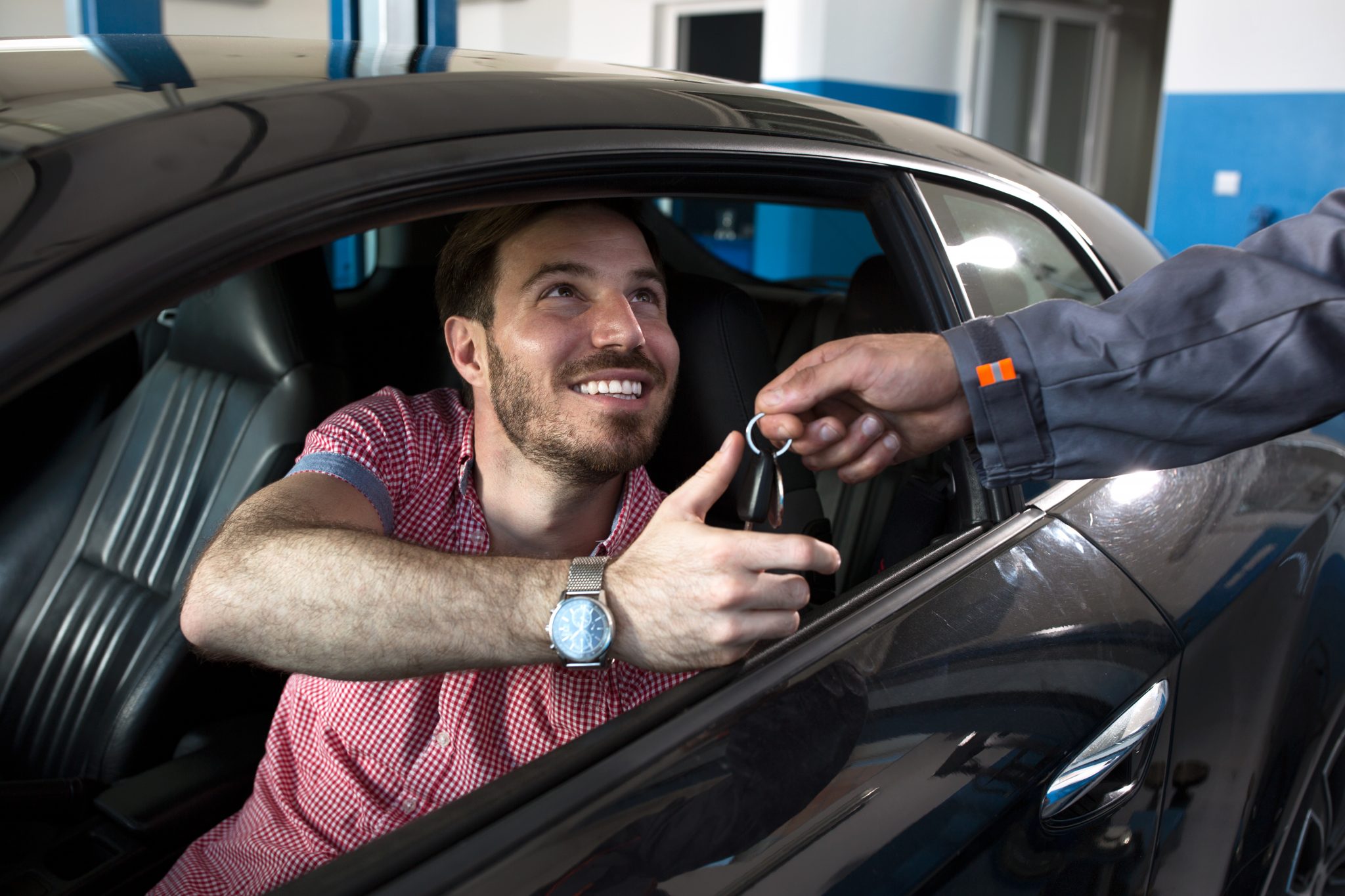Understanding Why We Buy
Why do we buy the things we do? How do we decide to purchase items as small as a pen to as large as an automobile? According to Philip Kotler, a marketing professor at Northwestern University, these decisions all come from a universal five-step model that includes problem identification, information search, evaluation of alternatives, purchasing decisions, and post purchasing decisions. Whether deciding what brand of coffee to grab or what car you want to drive, Kotler projects that everyone follows the same steps. This seems easy enough, but a new millennium has brought new factors. Other than basic wants and needs, what else impacts our decision to make purchases?
- 46 percent of consumers say Pinterest impacts their purchasing decisions.
- Videos on landing pages increase conversions by 86 percent.
- Colored visuals increase people’s willingness to read content by 80 percent
- People who shop on their phones say that images are the most critical feature.
- Instagram users are 70 percent more likely to purchase an item online.
Purchasing decisions are influenced by numerous factors, and in an increasingly digital world: websites, mobile apps, social media, and video marketing are impacting every part of the five-step consumer purchasing decision model. We have data on what is affecting consumer behavior, but what are potential car buyers looking for in the auto buying process? An article by thetruthaboutcars.com revealed some new and valuable information for dealers. Shoppers born between 1980 and 2000 valued the purchase process three times more than the vehicle design. Also, over half the shoppers surveyed said they would prefer a positive experience to a lower price. With that said, how can car dealers who sell affordable vehicles capitalize on this information to expand their customer base?
Help Instead of Sell
Sonic Automotive operates over 100 dealerships across 13 states and represents over 25 automobile brands. They recently developed the One Sonic-One Experience, a customer-centric sales process that offers transparent and no-negotiation low pricing. Consumers are assigned an experience guide that shows them tailored pricing and F&I information on iPads in less than one hour. It shakes up the traditional process to a more consumer-focused model. The average consumer wants a short process that shows them vehicles they can afford quickly and efficiently.
Bring The Information Right To The Consumer
In 2015, Ford experimented with smartphone technology that allows cars to actually “speak” to customers when they visit select dealers. These vehicles are known as beacons. When users pass certain cars, notifications will alert consumers of details about the car. Ford partnered with dealerships to bring this technology to the showrooms so consumers can receive current information about a vehicle they are interested in without having to always talk to a salesperson. Dealers may benefit from trying out innovative ways to communicate with consumers when they arrive to showrooms.
Car Dealership Service Centers Need To Be Front And Center
72 percent of customers opt for third-party mechanics after they purchase their vehicles according to a 2016 Cox Automotive Study. It also revealed that 47 percent of respondents visited the website of their selected service center before taking their cars. Many dealers could be leaving money on the table by not investing in marketing and SEO for their service centers. Much of this has to do with changing the perception that car dealership service centers will overcharge or provide less service than third-party mechanics.
Educate Consumers On Alternative Fuel Options
Manufacturers like Nissan, Toyota, Chevy, and Honda have long been addressing the alternative fuel surge. Most affordable car brands have vehicles that run on alternative fuel since consumers see them as long-term cheaper options. Toyota has recognized the demand and is disrupting the affordable automobile alternative fuel segment. Toyota is working closely with dealers in California for the last two years to promote the 2017 Toyota Mirai, the company’s new fuel-cell vehicle. The manufacturer recognized the environmentally friendly landscape of California and partnered with local dealers to ensure that they are the touch point for consumers interested in this newest alternative fuel vehicle.
Make The Purchasing Process As Worry Free As Possible
Companies like Carvana and beepi are giving dealers a run for their money and creating more conveniences for the average car buyer. Dealers have to see where they can adopt new practices to make the car buying process efficient to create long-term customers who want to come back for their next car or servicing needs. One of the largest Chrysler dealers in the Northeast took this to heart and took a page from Vroom’s book. They have promised to deliver vehicles within 45 minutes of purchasing to residences in a 20-mile radius. This service sets them apart from other local dealers and brings a service the average consumer might need.
Consumers purchase vehicles from a particular dealer for a variety of reasons: customer service, the convenience of their buying process, or the brands they carry. The general takeaway is that this generation of buyers wants dealers who have consumer-centric methods that make F&I and the purchasing process quick and painless. As the exception becomes the rule, dealers will have to see what practices work for their model.








